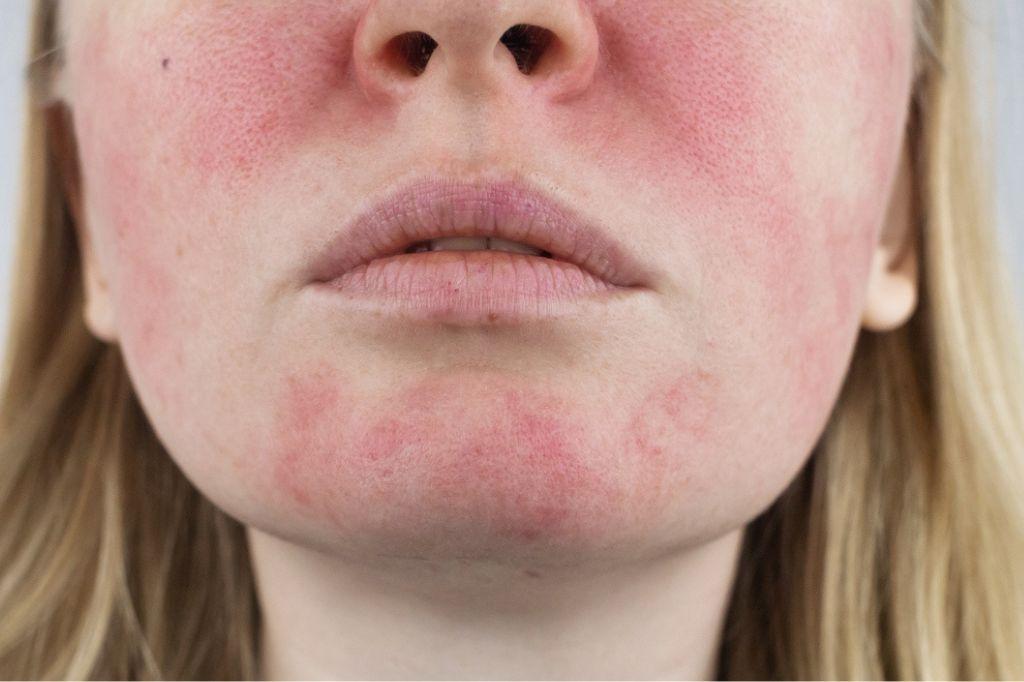What Is Actinic Keratosis?
If you frequently spend a long amount of time exposed to sunlight or harmful UV rays, you may eventually develop an ailment called actinic keratosis. Below we will discuss what causes actinic keratosis, who can get it, and how it’s treated.
What is actinic keratosis?
An actinic keratosis is basically a rough or scaly patch on your skin that develops from prolonged sun exposure. It usually appears on your face, lips, ears, back of your hands, forearms, scalp or neck. Actinic keratosis can also be called solar keratosis. Actinic keratosis comes on slowly and usually causes no signs or symptoms other than the rough patch of skin, which can take years to develop and usually appears in people after 40 due to cumulative sun exposure throughout their lives. Sometimes actinic keratosis lesions are precancerous and can lead to skin cancer.
Symptoms of Actinic Keratosis
The telltale sign of actinic keratosis is usually the above-mentioned small scaly spot that appears if you spend too much time exposed to the sun’s harmful UV rays. Other actinic keratosis symptoms include:
- The patch be colored red, pink, or even brown
- Flat or raised bump on the skin
- In some cases, a hard surface that can look like a wart
- Itching or burning on the area
What causes actinic keratosis?
Simply put, the condition is caused by longstanding exposure to the sun’s UV rays, which can cause skin damage and even skin cancer. Actinic keratosis can develop in anyone, but you may be more likely to get it if you:
- Are 40 or older
- Live in a particularly sunny place such as Florida or California
- Have a history of frequent sunburn, even as a child
- Have lighter skin and lighter colored eyes
- Tend to burn when exposed to sunlight
Actinic Keratosis Treatment
Sometimes an actinic keratosis spot can vanish without treatment, but it will usually return in this case after you go back into the sun. Dermatologists sometimes have a difficult time telling which patches will develop into skin cancer, so treating actinic keratosis usually involves removal of the patches as a precaution, which are often sent for a skin biopsy. Other treatment options include cryosurgery (freezing the lesion with liquid nitrogen), topical chemotherapy creams, photodynamic therapy (combines a drug with a specific type of light to kill cancer cells), chemical peels, and laser resurfacing therapy.
Preventing Actinic Keratosis
The best way to prevent actinic keratosis is to avoid prolonged exposure to the sun and wear sunscreen every day. Cover up when in the sun and stay out of tanning beds. If you live in an especially sunny area, be sure to go to the dermatologist regularly.
If you are looking for a Tampa dermatologist who specializes in diagnosing and treating actinic keratosis, call the specialists at Academic Alliance in Dermatology today to make your appointment!




